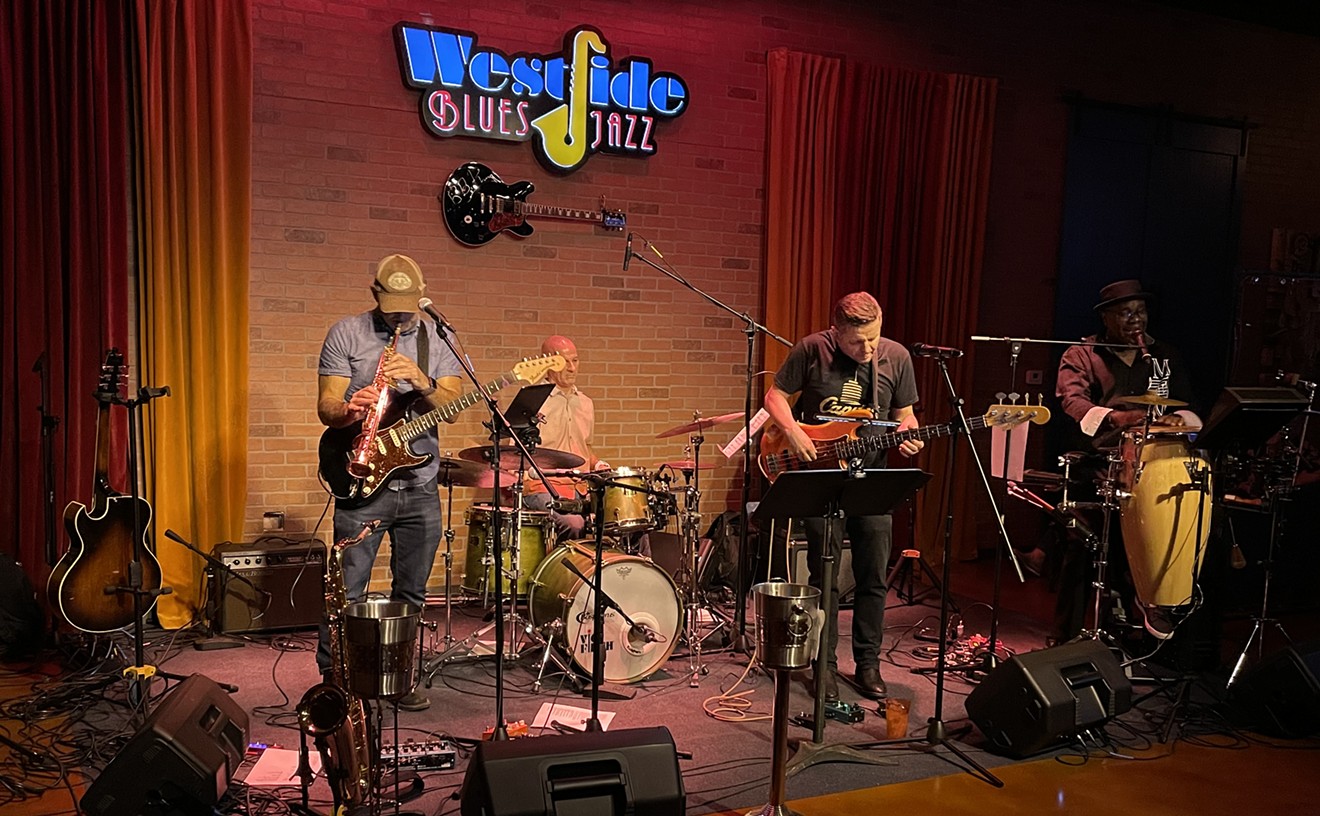Those folks have already stopped reading this.
Jazz used to be popular music, and it can be again. Real jazz, too, not the watered-down variety plaguing mainstream airwaves. (Hey, we all have our levels of snobbery.) Some performers find measures of commercial success, mainly because they don't equate "user-friendliness" with "crap." Two such artists are vocalist/pianist Diana Krall and trumpeter Chris Botti.
Chris Botti's resumé screams "pop" — session work with Dylan and Aretha, stints in the bands of Paul Simon and Sting, positions on the smooth jazz charts. Yet Botti studied under the great trumpeter Woody Shaw, and his prime inspiration is early- to mid-'60s, pre-electric Miles Davis — so much so that some lay the "c" word (clone) upon him. To which Botti proudly cops, "If someone says I sound like Miles, that's a compliment." His '04 and '05 albums, When I Fall in Love and To Love Again: The Duets, respectively, found him moving away from drum loops and slick multikulti ornamentation toward lush, orchestral, predominantly acoustic settings with his relaxed, melodious approach intact. Like the best jazz musicians, Chris Botti doesn't tread water in the same pool perpetually.
Diana Krall may well be the successor to that queen of cool, Peggy Lee. They share a slightly detached, earthy, plainspoken, droll style. Both are songwriters who nonetheless swing with standards and can thrive with collaborators (in Krall's case, husband Elvis Costello).
For too many jazz singers, a song is mainly a springboard for displaying "dazzling technique," while Krall engages a song, melody, and lyrics without resorting to over-the-top histrionics. She can be sultry without being sex-kittenish, sly 'n' swaggering (à la Mose Allison, whose "Stop This World" Krall covers on her Girl in the Other Room album) sans smugness, and worldly 'n' hep (à la Tony Bennett) without seeming jaded. While mindful of tradition, Diana Krall isn't hemmed in by it. She's a jazz singer in the here and now, not some anachronistic lounge songbird. Plus, she's a darn fine pianist, too.










